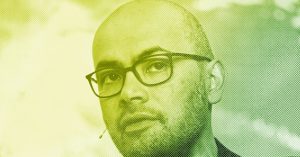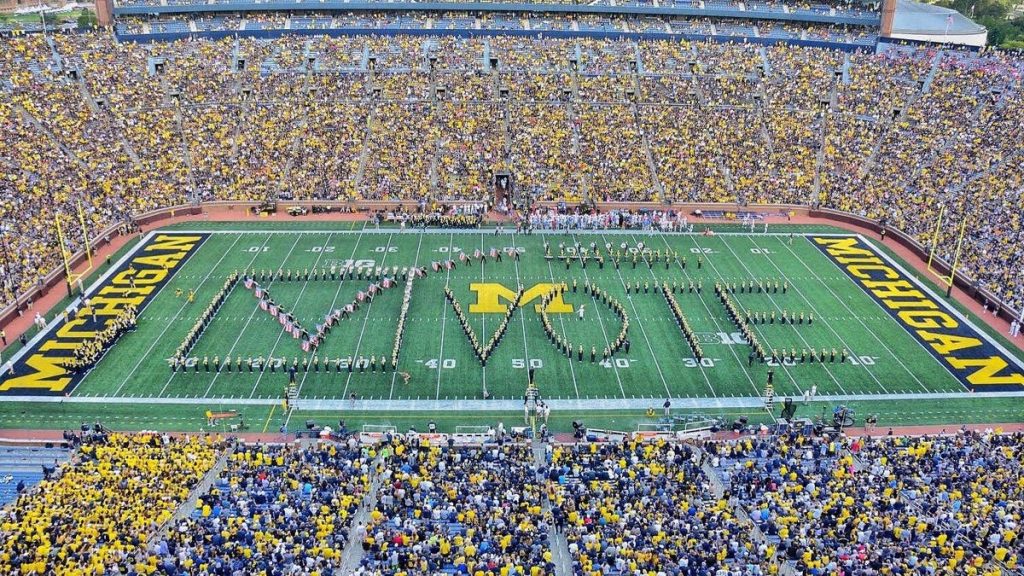It’s hard to overestimate the importance of engaging young people with their democracy. While voting may not be the only step needed to achieve positive change in our country, it’s still a necessary first step. For our government to represent our values and policy needs, young people need to make their voices heard at the ballot box. This means voting in every election we can — not just every four years to elect a president. State and local races determine our realities far more intimately than federal races, so we should vote accordingly. During last year’s midterm elections, I witnessed firsthand the monumental change possible when young people participate in our democracy.
As a senior at the University of Michigan, I wanted to spend my final election cycle of my college years working on getting students to the polls. Michigan had many choices to make during last year’s elections, deciding on state-wide leaders, ballot proposals, and local races. As a lifelong Michigander, I knew these decisions would impact my family. So, I got involved.
Under the guidance of the University’s Edward Ginsberg Center, I became an Andrew Goodman Ambassador. During the early days of the election, I helped make nonpartisan voter information accessible to students by utilizing our social media channels. As the election neared, the focus shifted to engaging with students through tabling events to register as many people as possible. As I helped students from all across the country register to vote, one thing remained consistent: their enthusiasm.
Whether a student cast their vote in their home state or their new home of Ann Arbor, these students would tell me why this election mattered to them. Despite only being in their late teens or early twenties, the people I spoke to would give complex answers about their unique policy priorities. On Election Day, I helped serve students waiting in line to vote at our campus’s satellite clerk office. As the line reached its seven-hour peak, my team ensured students had everything they needed to stay in line. This meant passing out water bottles, Joe’s pizza, and even blankets as the temperatures neared freezing. Students faced extreme lines and temperatures simply so they could vote. The University of Michigan wasn’t alone. Young people across the state turned out in record numbers. While many cheer the images and videos of long lines on campuses seeing young people committed to voting, no voters should have to face such barriers to participate in elections.
All too often, younger generations are excluded from political debate on account of our age. We’re given myriad excuses as to why our voices don’t matter. We’re too young, too naïve, too inexperienced. The list goes on and on. The notion that young people’s perspectives aren’t valuable in politics is absurd. We are the generation that will feel the impacts of today’s policy for the longest. That’s why it’s so important for young people to take advantage of every opportunity we have to influence policy and why it’s important that colleges and universities make intentional plans to increase nonpartisan democratic engagement and student voting.
The University of Michigan, which is one of more than 960 institutions participating in the nonpartisan ALL IN Campus Democracy Challenge, has been doing this for years through a coordinated campus effort through the Ginsberg Center. My campus has developed campus nonpartisan democratic engagement action plans, supported the student-led nonpartisan student voting group Turn Up Turnout, created a website dedicated to voter information for students, participated in the Big Ten Voting Challenge, hosted on-campus voting locations, celebrated democracy and voting during a halftime performance by the marching band at The Big House, and so much more.
While it’s up to young people to choose to participate in elections, our colleges and universities can do so much to educate and encourage students to participate in our democracy from presidential to local elections to ensure that the youngest eligible voters are ready and prepared to continue to carry the torch of democracy.
More than 960 colleges and universities currently participate in the ALL IN Campus Democracy Challenge. Learn more about ALL IN and support our work here.
Read the full article here










